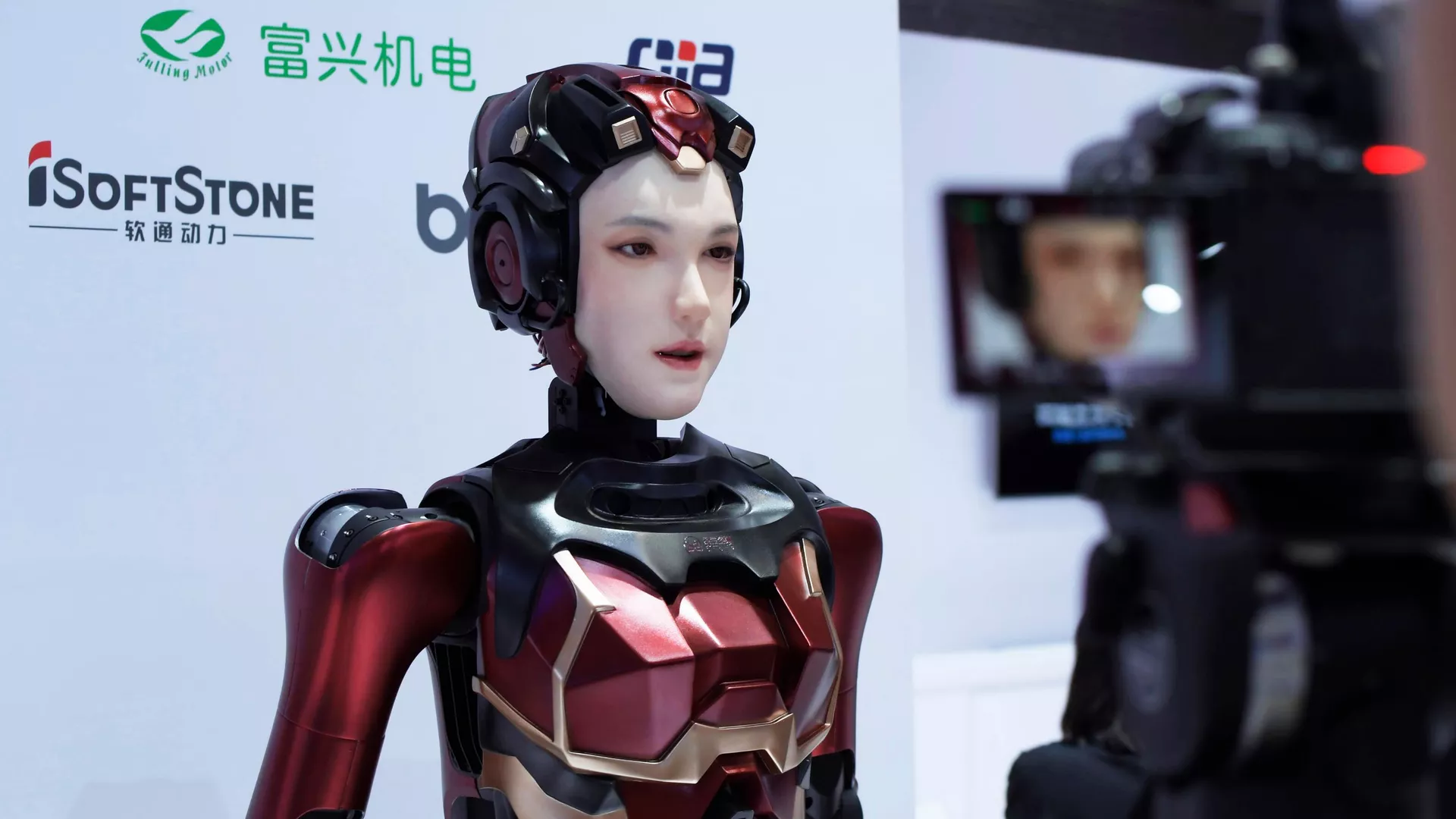I wrote a three-part piece about the trends in China’s AI development. In the piece, I predicted China will follow a different path to achieve AI superiority from the US.
I predicted instead of pursuing the AGI utopian goal as American AI companies, China will pursue a three-pronged strategy to integrate AI to the real world –
- neutralize the business model of proprietary foundation models such as ChatGPT and Anthropic by making equivalent LLMs open source and free, e.g. DeepSeek R1 and Alibaba Qwen3
- push fast integration of AI into embodied intelligence (i.e. humanoids) and vertical applications in manufacturing and services; the goal of such practical diffusion is to build user relationship, generate data, and create an ecosystem quickly to form a moat around real world applications
- moonshot projects to use the power of smart algorithms and engineering to explore alternative architectures such as computer brain interface, models that interact with the world visually, etc. The goal here is to find an efficient and less expensive way to improve AI without raw compute power, where US chip control is restraining Chinese AI companies for now.
As predicted, we are starting to see signs of early AI integration into Chinese supply chains.
China installed seven times more robots than the US in 2024, accounting for more than half of the industrial robots installed in the world, according to Stanford University. China had 451,700 smart robotics firms by the end of 2024, marking a staggering 206 per cent increase from 2020. These robotics firms cover the entire industry value chain from design, parts, components, software to production and industrial/consumer applications.
Last month the Chinese government released an action plan for digital supply chain development by 2030. It called for using AI, blockchain and other technologies in manufacturing and agriculture — including a plan to cultivate 100 digital supply chain leaders.
“When you think about digital transformations and the use of digital analytics of automation in manufacturing, the Chinese companies are a real force in the world,” said Karel Eloot, a senior McKinsey partner based in China.
He pointed out that since the World Economic Forum and McKinsey started tracking factory digitalization in 2018, the number of exemplary global use cases has climbed to 189, of which 41% are based in China and spread across multiple industries. They include Chinese appliance maker Midea, electronics firm HiSense, smart phone and EV maker Xiaomi, and the Chinese operations of GE Healthcare, AstraZeneca and Schneider Electric.
Eloot noted “The competitive forces in China are very strong. Companies compete with each other in a very ruthless way, I would say.”
The cutthroat nature of that competition was on full display in recent weeks with yet another round of electric car price cuts by as much as 34% on some models, started by BYD, which already dominates the market and has been aggressively expanding globally. Entry level BYDs are now priced below $10,000.
BYD stated in its 2024 annual report that it has begun deploying autonomous mobile logistics robots for manufacturing. The automaker has also invested in robotics firms. Another EV maker, Xpeng, announced it plans to invest RMB100 billion ($14 billion) in humanoids for its factories in the next 5 years.
“Supply chains have become so efficient and so competitive from a cost perspective … that if you are to compete, you have to be here” in China, Jens Eskelund, president of the EU Chamber of Commerce in China, said last week.
He said Europe is increasingly concerned about the competitive gap between European and Chinese manufacturers.
Similarly, AI is already being used for lithium battery material development and chip manufacturing in China.
“Looking ahead to the next year, the integration of AI and manufacturing is expected to accelerate,” according to McKinsey’s Eloot. He noted how a combination of data, algorithms and use cases has become a new competitive barrier to entry for businesses.
With fast adoption of AI and robotics, China is poised to make its supply chains more competitive and widen its gap with the rest of the world in manufacturing.

 RSS
RSS









https://www.nytimes.com/2024/03/06/us/politics/google-engineer-china-ai-theft.html
In his next article Hua Bin will reveal that the wondrous CCP have developed a way for their citizens to shit gold bars. Once again proving their technological superiority over the Western round-eyed dogs.
At least, he is Chinese! And serving his country is what he is supposed to do.
What did Amelika charge Slater the Traitor for?